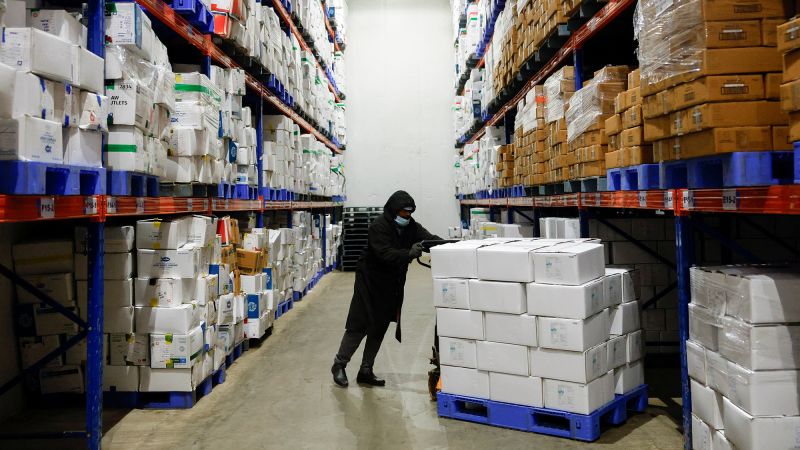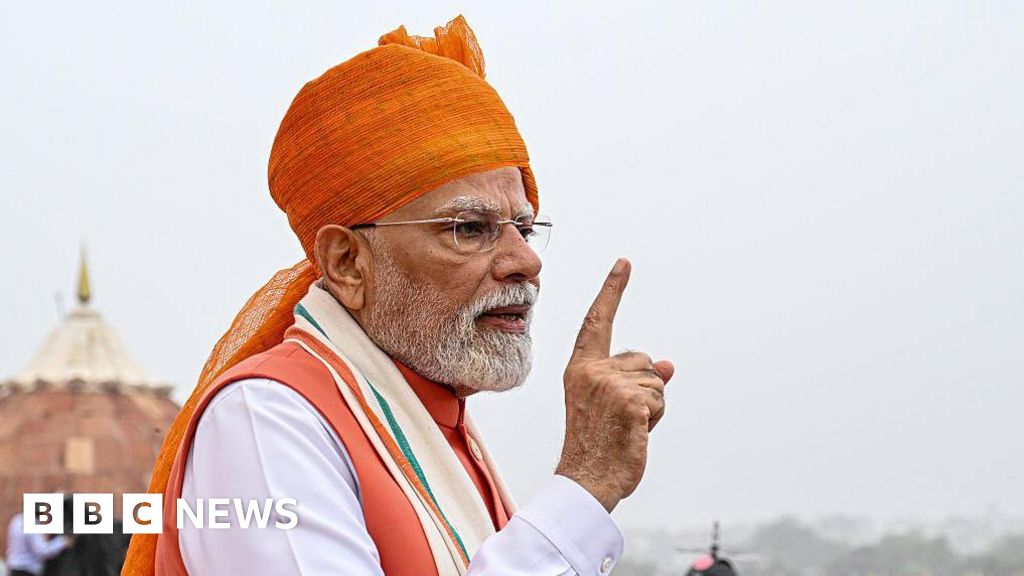The recent implementation of the steep 50% tariffs on India by Donald Trump has created tensions between the two countries. These tariffs were initiated following an executive order by the US president imposing an additional 25% penalty on India for its purchases of Russian oil and weapons. India, a key partner of the US in the Indo-Pacific region, now finds itself among countries facing some of the highest tariffs worldwide. This move has raised concerns about its potential impact on India's exports and overall economic growth, particularly as the US was previously its largest trading partner.
In response to these tariffs, Indian Prime Minister Narendra Modi has taken proactive steps to address the economic implications. He has pledged to reduce taxes to offset the impact and promote domestic self-reliance. Modi's emphasis on 'Made in India' products and encouraging small businesses to adopt the same reflects a broader strategy to boost local manufacturing and consumption. His call for self-reliance is not just about economic resilience but also a matter of national pride.
Despite the challenges posed by the tariffs, Modi remains steadfast in his commitment to supporting farmers and small businesses in India. His recent promises of tax relief and reforms, such as simplifying the goods and service tax cGSTc system, aim to stimulate consumption and drive economic growth. Modi's initiatives, including income tax cuts and direct cash transfers to individuals, are intended to boost consumer spending and bolster the economy.
The tax cuts and reforms introduced by Modi are expected to have a positive impact on various sectors of the economy. By reducing GST rates and providing income tax relief, the Indian government aims to enhance consumer purchasing power, especially in consumer-facing industries like automobiles, textiles, and construction materials. This, in turn, is anticipated to stimulate demand and spur economic activity across different sectors.
Furthermore, Modi's economic stimulus measures have been met with optimism in financial markets. Despite challenges posed by trade tensions and global uncertainties, India's recent sovereign rating upgrade by S&P Global signals confidence in the country's economic resilience and potential for growth. This upgrade could lead to reduced borrowing costs for the government and increased foreign investment inflows, which are crucial for sustaining economic momentum.
While Modi's efforts to navigate through trade challenges and stimulate economic growth have garnered support domestically and internationally, India's growth trajectory faces headwinds. The country's growth prospects have moderated from previous levels, necessitating continued reforms and strategic initiatives to drive sustainable economic development. As India navigates through the complexities of global trade dynamics and domestic economic challenges, Modi's leadership and policy decisions will play a crucial role in shaping the country's future economic trajectory.
In conclusion, the recent imposition of tariffs by the US on India has sparked a new chapter in the economic relationship between the two countries. Modi's proactive measures to address the impact of these tariffs and stimulate domestic consumption reflect a strategic approach to safeguard India's economic interests and foster sustainable growth. As both countries navigate through trade tensions and evolving global dynamics, the path ahead for India's economy will be shaped by effective policy responses, resilience to external pressures, and a vision for inclusive and sustainable growth.


